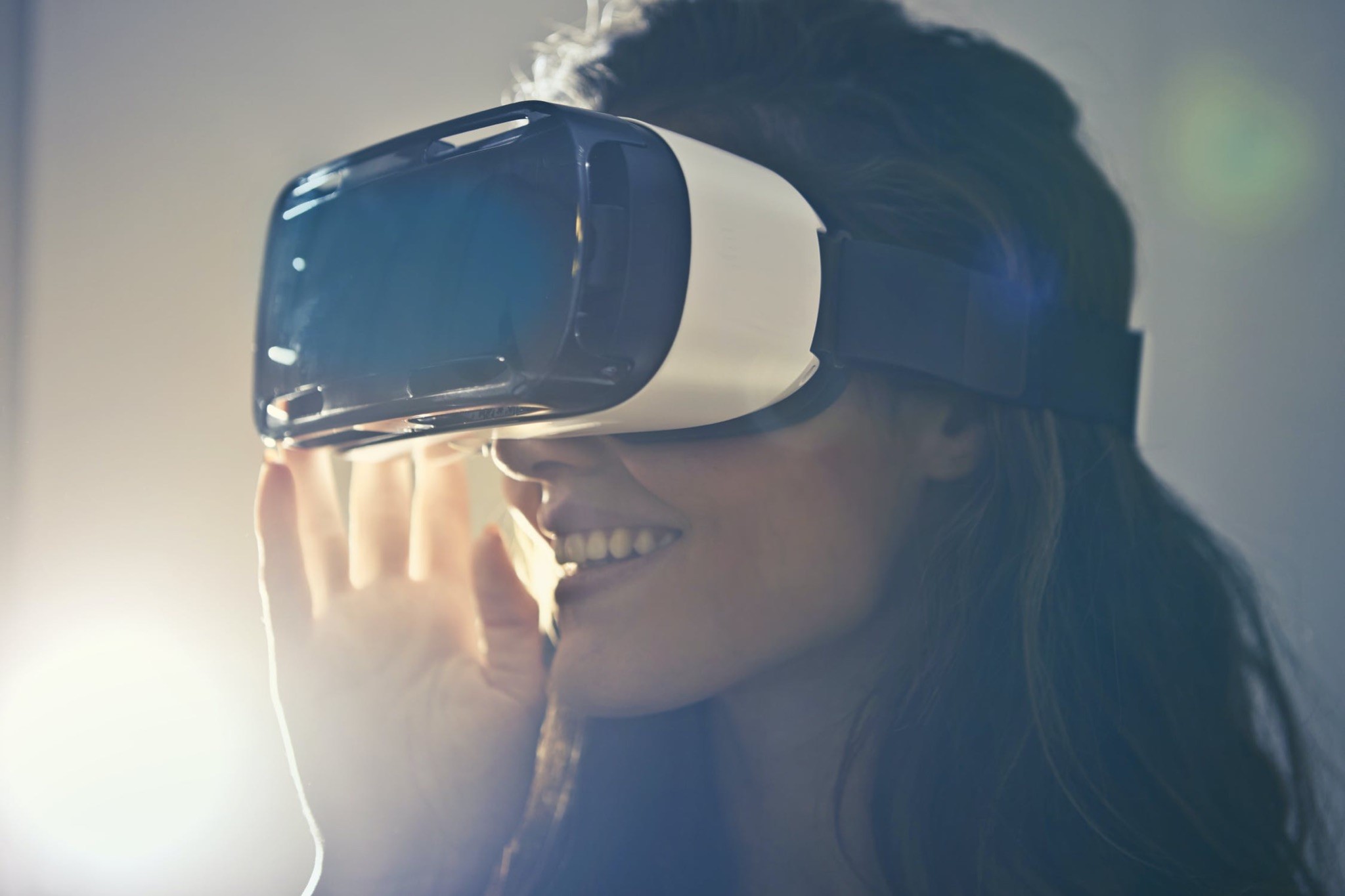Virtual reality isn’t just for games. The technology has matured to the point where it can be used for a wide range of practical purposes. Along with that, the cost of VR hardware and software has dropped enough to make the technology much more accessible.
The global VR market was valued at $15.81 billion in 2020, and the market is expected to keep growing. Much of this is due to the businesses that are starting to recognize the potential of VR.
If you think VR is just a gaming fad, read on to see some of the ways businesses can benefit from adopting this technology.
Digital Meetings
Coronavirus shutdowns forced many businesses to start looking for ways to handle meetings remotely. For many, technologies like video conferencing and group chats were the solution. While these technologies can serve the communication need, they don’t compare to in-person meetings.
With VR meetings, you have a technology that can provide an experience that is more like an in-person meeting. Not only that, VR platforms can offer a range of features to improve productivity and communication. With features like realistic avatars and the ability to share files and slideshows in the virtual meeting room, VR meetings are the next best thing to being in the same location.
VR Marketing
Marketing is often about providing an experience or telling a story. While these things can be done with words or pictures, the immersive experience of VR can be much more effective. Imagine being able to take a customer to a different location or providing a realistic experience of being able to test a product. This is the promise of VR when it comes to marketing.
As an example, a home builder could use VR to give prospective buyers a tour of the home before it is built. Another example could be a virtual tour for a travel destination. With the VR headset and software, businesses could transport customers to new destinations or let them test products that are not at the location where they are.
VR Design Tools
VR can also be a vital tool for designers. Instead of having to build physical models or prototypes in the early stages, they could build VR models that can operate in realistic environments. This can allow designers to test early designs without the time and cost of having to do real-world testing.
One way this could work is for automobile testers. It could even be used to test just a single part of an automobile design. With the right VR platform, they could build a realistic model of the design and then test it in the VR environment. It could even make testing easier because they could run simulations that account for dry weather, rain, snow and wind.
Virtual Training
Training can be a significant expense in some industries. For some jobs, training might even be dangerous to the worker or the people they might be working around. With VR, you can provide workers with realistic training scenarios while eliminating much of the danger.
As an example, medical students could start learning to perform different procedures in a VR environment before working with live patients. This could give the students the experience they need without having to put patients at risk.
VR is already a valuable tool for many businesses. With the hardware and software only getting better and more affordable, it is going to become more common in the future.



